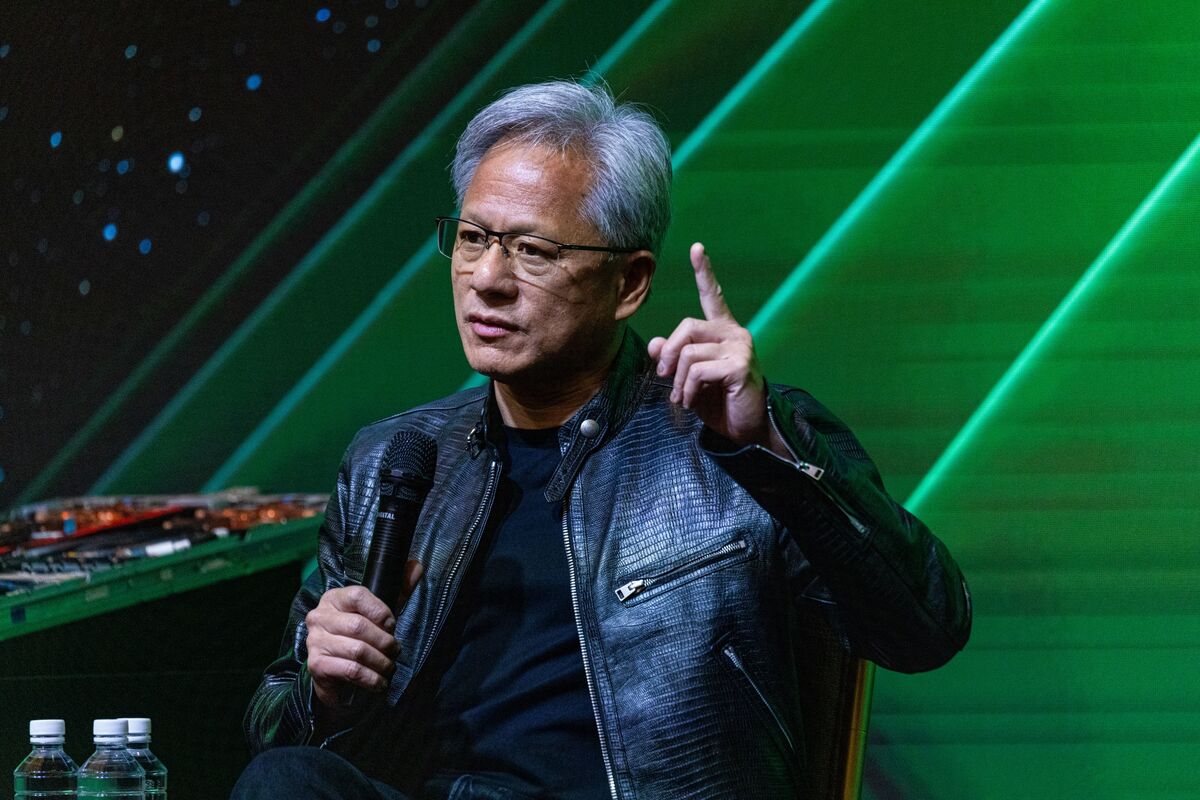Neural network initialization with nonlinear characteristics and information on spectral bias
PositiveArtificial Intelligence
A recent study highlights the importance of initializing neural network parameters effectively to enhance learning performance. Techniques like the ridgelet transform and SWIM can optimize this process, potentially reducing the need for backpropagation. This research sheds light on how neural networks can better capture information, paving the way for improved AI models.
— Curated by the World Pulse Now AI Editorial System


